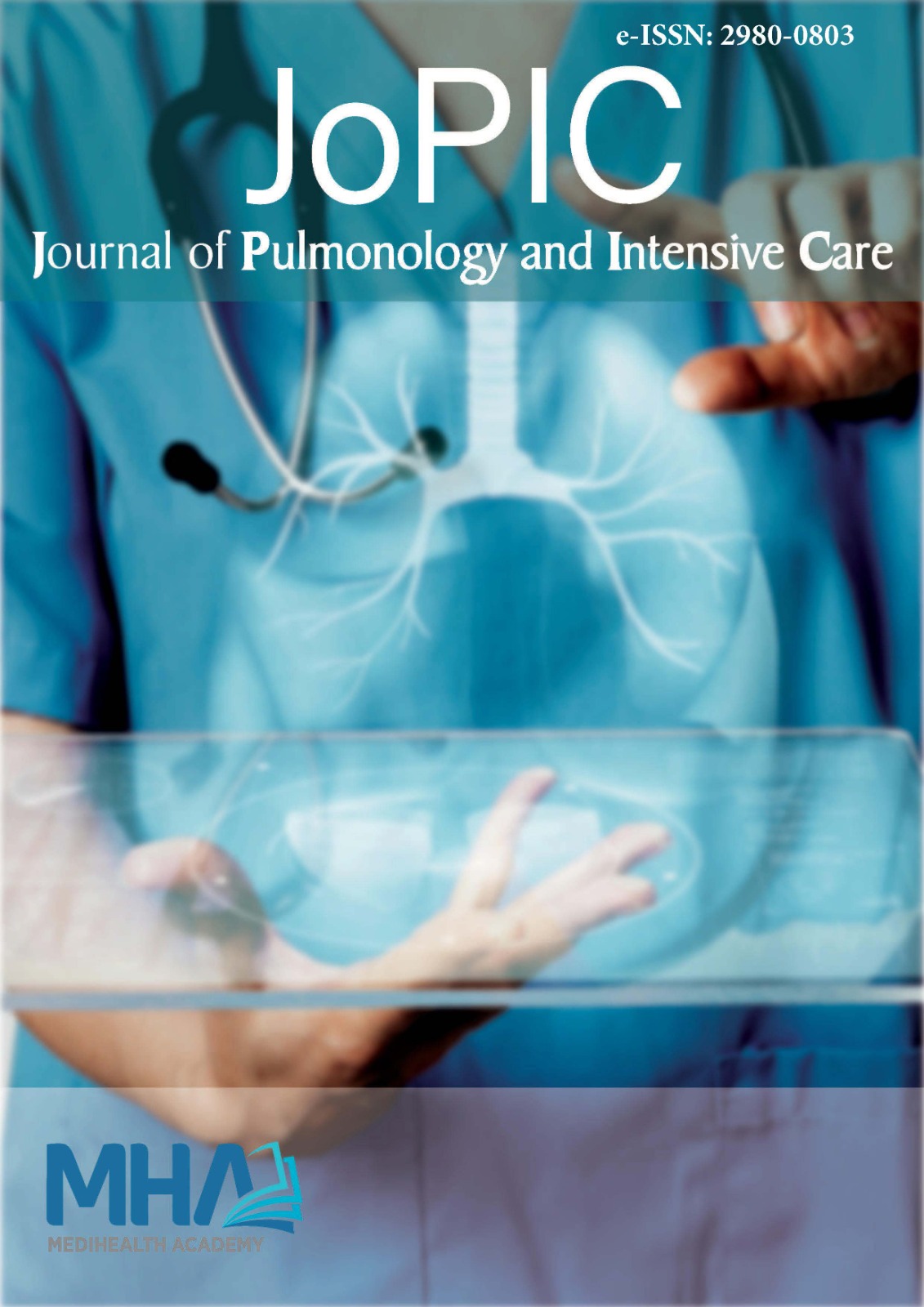Journal of Pulmonology and Intensive Care
The JoPIC is an independent-unbiased, peer-reviewed, and open-access journal of current national and international issues and reviews for original clinical and experimental research, interesting case reports, surgical techniques, differential diagnoses, editorial opinions, letters to the editor, and educational papers in pulmonology, thoracic surgery, occupational diseases, allergology, and intensive care medicine. This journal is indexed by indices that are considered international scientific journal indices (DRJI, ESJI, OAJI, etc.). According to the current Associate Professorship criteria, it is within the scope of International Article 1-d. Each article published in this journal corresponds to 5 points.

